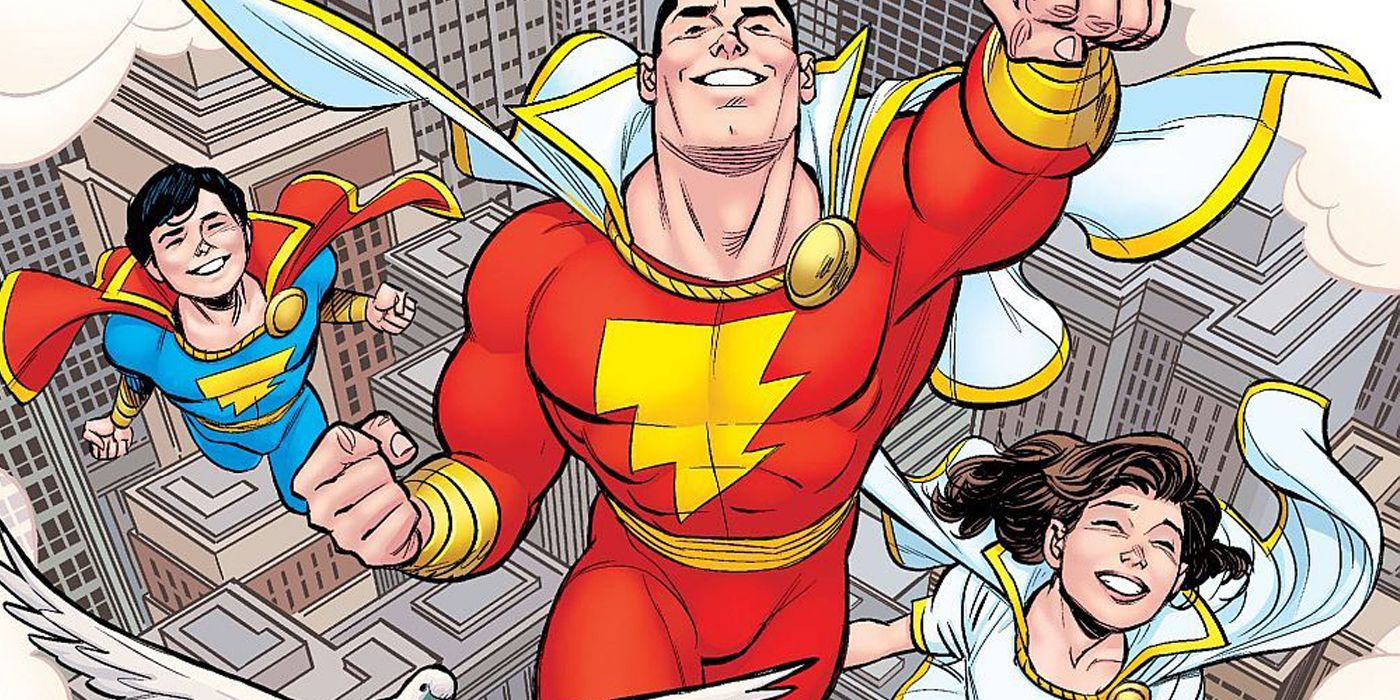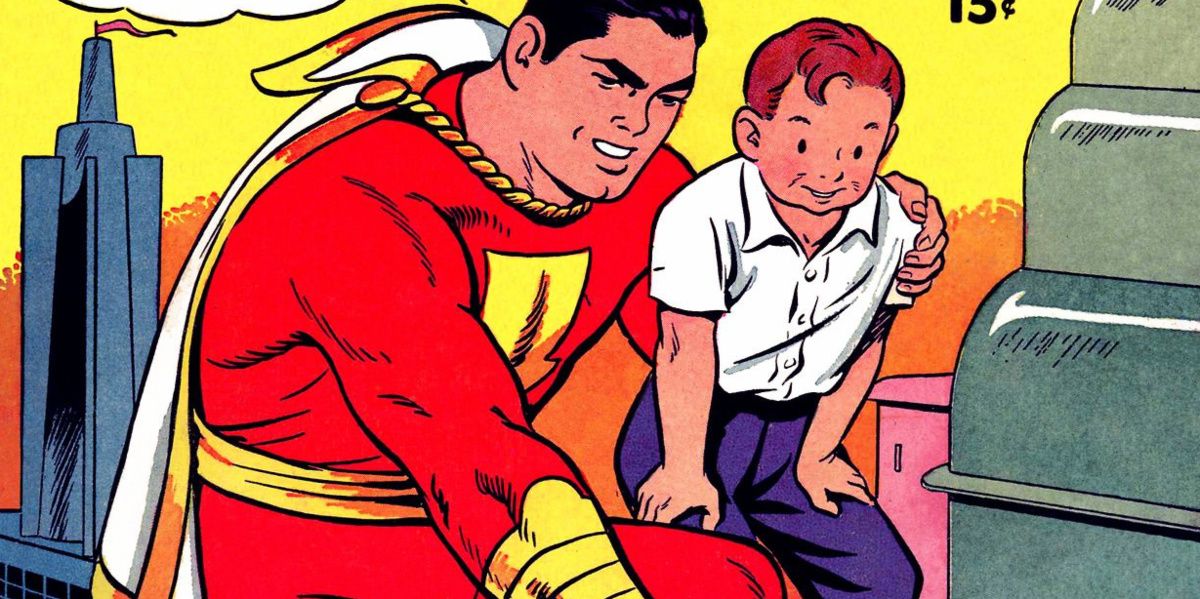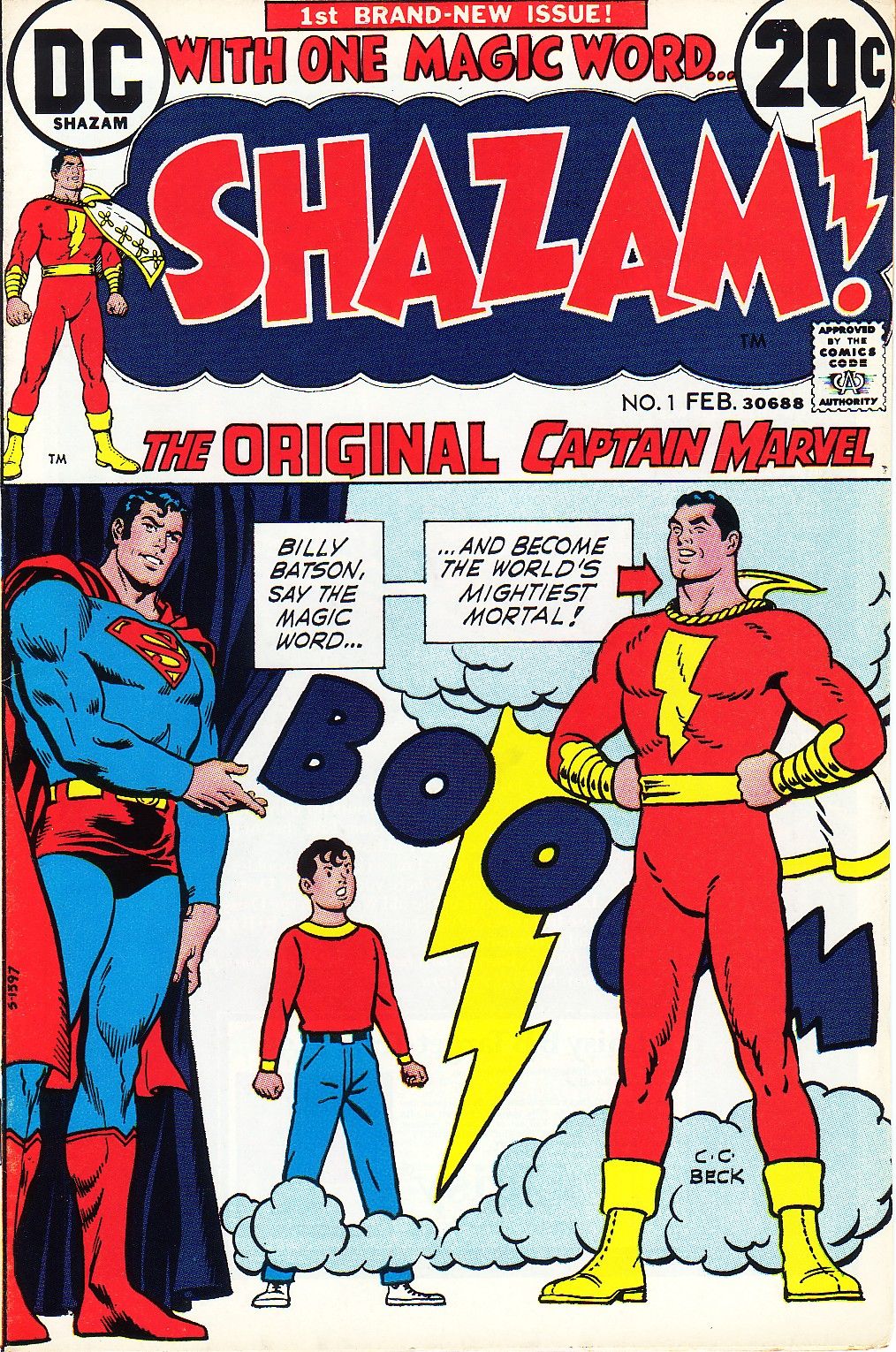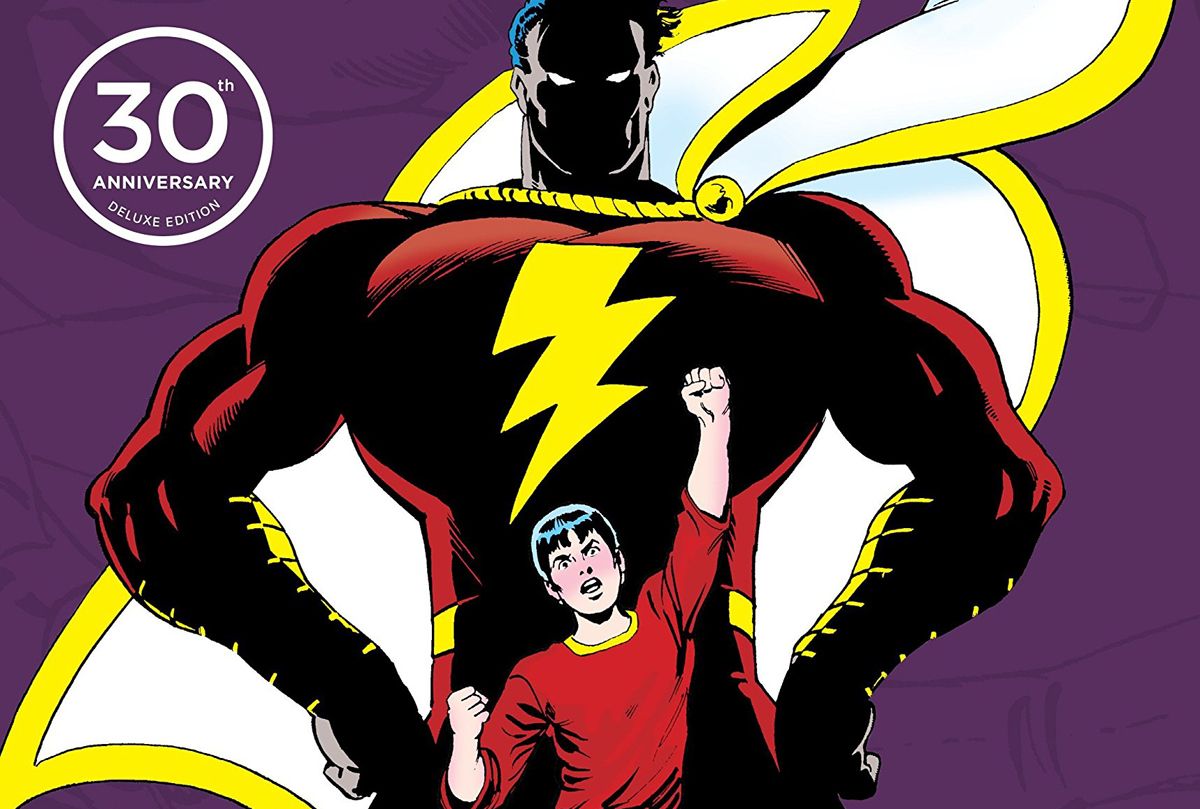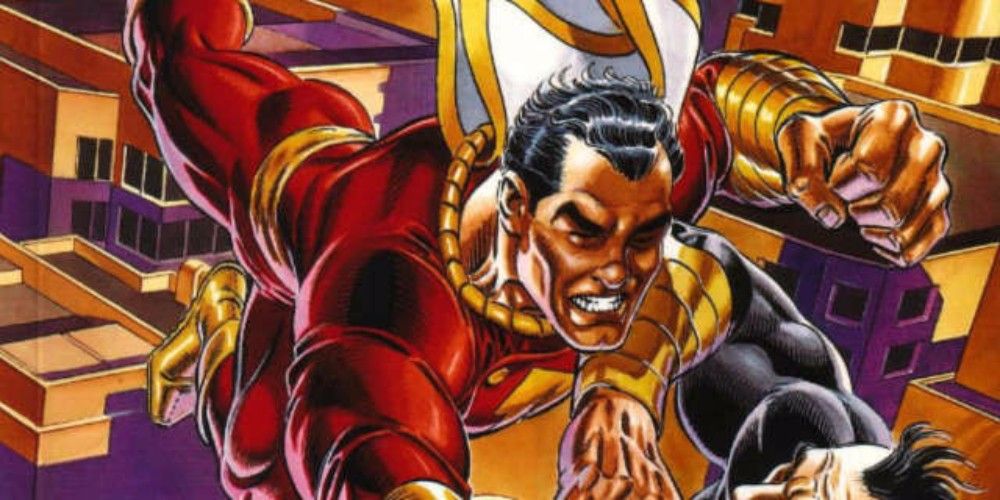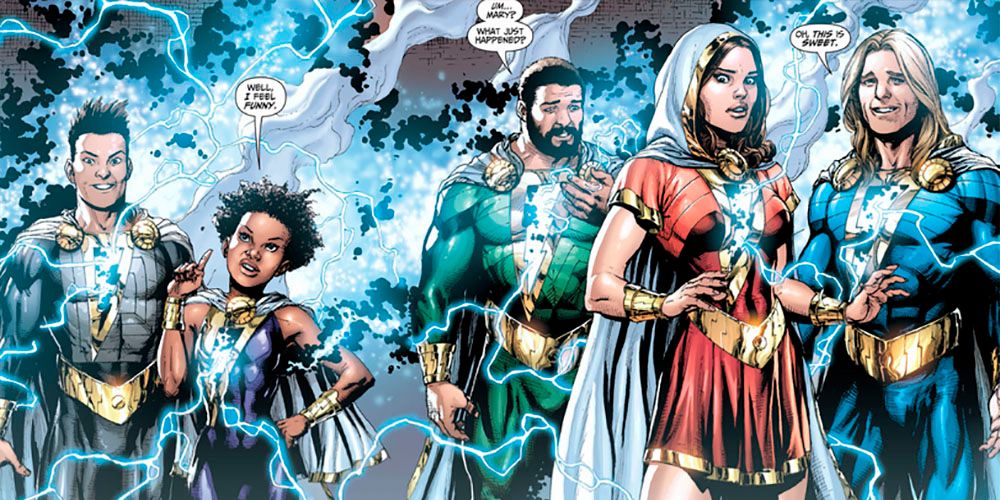Whether you call him Captain Marvel or Shazam, there's little denying that Billy Batson's alter ego is among most important and entertaining superheroes. When creators C.C. Beck and Bill Parker hit upon the secret to outperforming Superman in 1939 -- make his secret identity the little kid who reads the comics -- it was as if the wizard's lightning boltstruck, giving birth to a character who, at his peak, was the bestselling comic book superhero in the country. Even today, whether in comics, animation or the upcoming Shazam! film, Earth's Mightiest Mortal provides a charge of excitement whenever he appears.
With Shazam! finally arriving in theaters this week after years in development, it's the perfect time to delve into the character's many comic book origins over the past eight decades.
Whiz Comics #2 (1939): "Introducing Captain Marvel"
What's immediately noticeable about the first appearance of the original Captain Marvel is how brusque and brief the story is. At fewer than 12 pages, it's so economical that it becomes unintentionally funny. Billy Batson is introduced, taken to meet the wizard Shazam, gets his powers and fights a bad guy. That's it. It's entertaining and complete, despite its short length.
The debut of the wizard Shazam is slightly eerie in that classic Universal Monsters way, and the swing into superhero action once Billy gets his powers is beautifully handled. It's a lot of fun, and sets the stage for the Captain Marvel mythos to come, from Mary Marvel and Captain Marvel Jr. to Hoppy the Marvel Bunny and the Lieutenant Marvels (three other kids also named Billy Batson who get powers from saying "Shazam!" Because comics rule).
Shazam! #1 (1973)
After years as Superman's chief newsstand competitor, Fawcett Comics ceased publication of Captain Marvel in 1953, in part because of a copyright-infringement lawsuit filed by DC Comics. Two decades later, DC licensed the characters (before buying them outright in 1991), and set them up on their own parallel world of Earth-S, with their own monthly comic. Retitled Shazam! due to that other Captain Marvel, the new series lost no time picking up where the old one left off.
We mean that literally. The revival's first issue and its story, "The World's Wickedest Plan" by Dennis O'Neil, explains that Billy Batson, Mary Batson (Mary Marvel) and Freddy Freeman (Captain Marvel Jr.) have been gone for 20 years, but still look like kids because they were in suspended animation, along with their archnemesis Dr. Sivana and his fiendish kids Georgia and Sivana Junior. In addition to being a clever gag for older fans, this is also some classic Captain Marvel action, with the Big Red Cheese and his foes even agreeing that "It's great to be alive!" as he hauls them to jail.
Shazam! The New Beginning (1987)
After DC merged its parallel world, including Earth-S, in the 1985-1986 event Crisis on Infinite Earths, Captain Marvel reappeared in 1986's Legends miniseries, where, after helping fight back Darkseid, he joined Justice League International. Around that time, writers Roy Thomas and Dann Thomas, and artists Tom Mandrake, Rick Stasi and others released this four-issue miniseries, which gave comics' most optimistic superhero a grimmer start.
With his parents dead in a car crash, a teenage Billy is adopted by his step-uncle Sivana after his step-cousins, the lovely Beautia and the strapping Magnificus, trick him into thinking he's better off living with them than with his uncle Dudley, an itinerant magician. After Sivana uses Billy's inheritance to complete the dimensional warping experiments that bring the villainous Black Adam to our world, Billy is set on his heroic course. With only this miniseries and a follow-up story involving terrorist neo-Nazis, this take on the Big Red Cheese didn't last long. However, it's a fascinating little time capsule.
The Power of Shazam! (1994)
Written, drawn and painted by Jerry Ordway, this original graphic novel superseded New Beginning, made Billy a kid again, Fawcett City a timeless place a la the Gotham of Batman: The Animated Series, Black Adam the hidden alter-ego of the guy who murdered Billy's archeologist parents, and Sivana as a ruthless tycoon, a la post-Crisis Lex Luthor. It was also followed by an ongoing series of the same name, published from 1995 to 1999.
It's an excellent retelling on par with the best Captain Marvel and Superman stories. And while painted comics can result in stiff images, that doesn't happen here, because Ordway understands that comic book images have to move and breathe. If you pick one book up off this list, make it this one.
Shazam! (2011)
Written by Geoff Johns, drawn by Gary Frank, and originally running as a backup in Justice League, this version of the story is on what the upcoming film is largely based. Billy is a moody foster kid, Freddy, Mary and new characters Darla, Eugene and Pedro his foster siblings, and Sivana a magic-seeking archeologist who winds up with powers after unleashing Black Adam back upon the world.
The big hook is that, eventually, the magic lightning is shared not only with Mary and Freddy, but also Billy's other siblings, creating the Shazam Family. With anew Shazam! series by Johns and Dale Eaglesham now building on this, it's never been a better time to enjoy the preeminent example of superheroes at their funnest.

